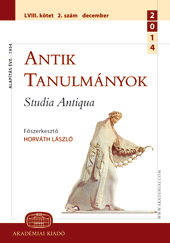
We kindly inform you that, as long as the subject affiliation of our 300.000+ articles is in progress, you might get unsufficient or no results on your third level or second level search. In this case, please broaden your search criteria.

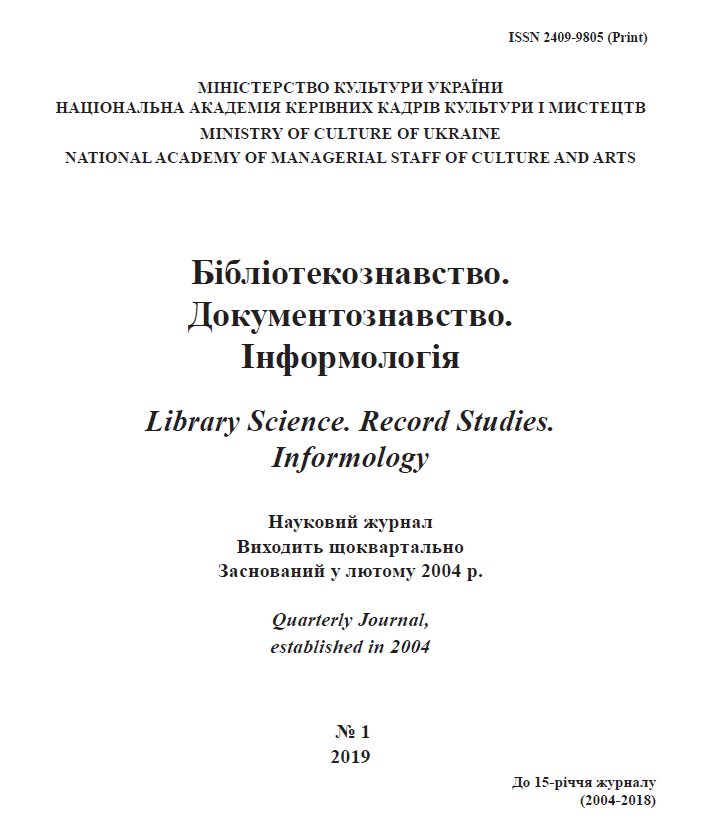
The purpose of the work is to investigate the history of forming the Department of Organization of Library Collections and Catalogs of KNUCA, to determine the contribution of the teachers of the department to the development of Ukrainian library stock and catalogization studies as parts of the Kyiv library scientific and educational school. The methodology of socio-communicative, systemic and historical-genetic approaches, including the methods of historiographical and source search and analysis of profile publications on the subject under investigation, helped to achieve the research goal, which made it possible to determine the factors that influenced the development of scientific studies of library stock and catalogization. The scientific novelty of the work is that it has elucidated the history of forming the Department of Organization of Library Collections and Catalogs of KNUCA for the first time.
More...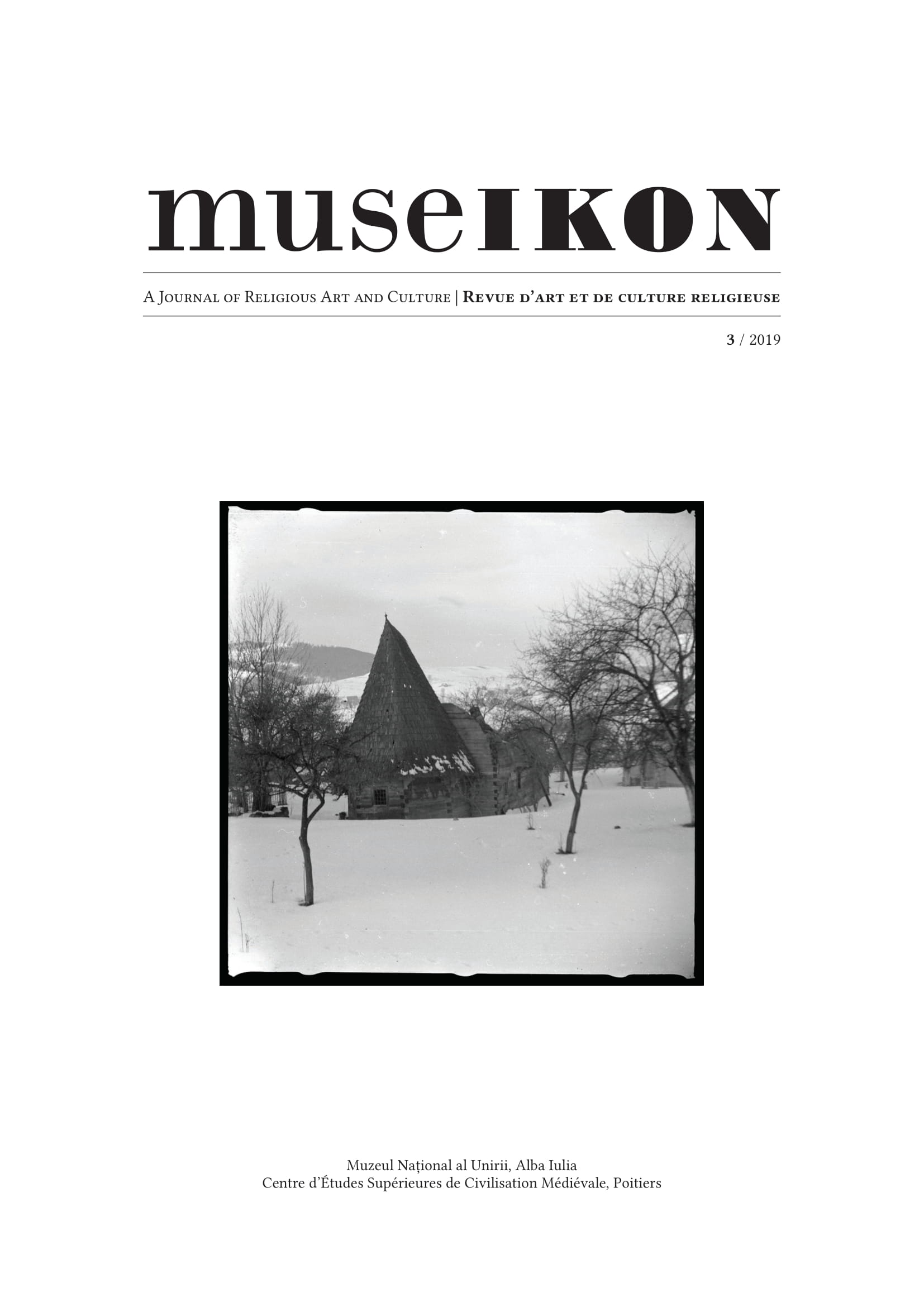
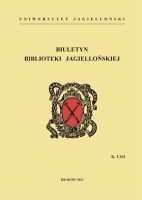
The paper is devoted to the issue of teaching information literacy (IL ) in Polish library environments. The first part presents the state of the art, basing on analysis of Polish and foreign professionaltexts. Next, the origin of the very concept of information literacy and its definition, as well as models, standards, and guidelines related to it, are elaborated. Much attention is paid tothe problems of teaching information skills in higher education, while stressing the special role of librarians in the process. Issues related to involving games in the teaching process and their possiblemodes of application are also discussed. Finally, a prototypical field game scenario which route proceeds within the Reference Reading Room of the Jagiellonian Library is presented.
More...
The subject of reflection in the paper is the impact of digitalization process on the overall shape of contemporary art. It focuses on the controversies concerning categorization into the fields of artistic culture of those types of artistic activity that have evolved as a result of the ongoingtechnologicalization of social life. The analysis considers also the dialogue between the latest technologies and the art market. The resulting symbiosis in the consumer society leads to democratizationof art through high availability of its latest interactive forms. The author attempts to determine the role and significance of the medium in the new forms of participation in culture, as well as to shed light on the problem of reception of new media art, as revealed through analysisof their affiliation to classically defined fields of artistic expression. The conclusions include a suggestion that digitalization should be regarded as a term distinct from digitization, as well ascomprehension of the artist-work relationship within the culture of convergence.
More...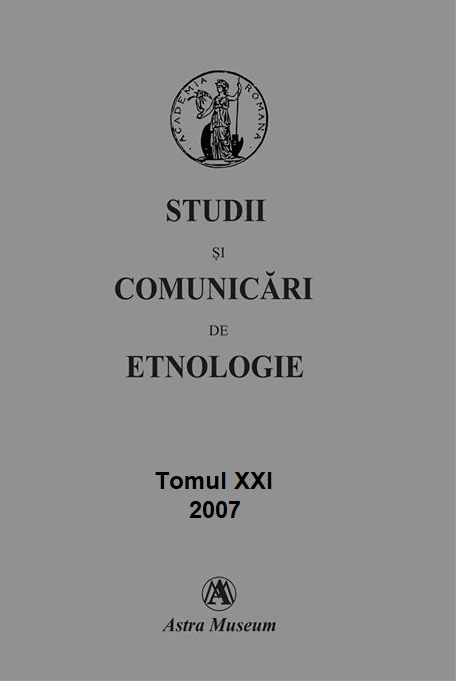
Tout d’abord, parce que l’Association des Folkloristes et des Ethnographes du département de Sibiu (l’une des prémieres associations scientifiques du pays) avaient comme principaux objectifs la fondation d’une archive de folklore et la publication d’un bulletin scientifique intitulé Etudes et communications. Deuxiémement, pour le recueil, la recherche, la conservation et la mise en valeur de la création populaire de Transylvanie.L’étude présente un court historique de l’archive, des réflexions en ce qui concerne les fonds de manuscrits et quelques dates concernant les collaborateurs de l’archive.
More...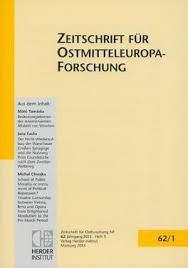
The popular early modern catalogues of rulers proliferated literary and visual representations of the shared Polish, Bohemian and Hungarian medieval kings that were specific and intelligible to a particular kingdom’s political community. The article examines the dissimilar images of the two last Přemyslid kings, Wenceslas II (1271-1305) and Wenceslas III (1289-1306), as well as of Louis of Anjou (1326-1382) and Sigismund of Luxembourg (1368-1437), the perception of whom differed along political lines. The textual and iconographic analyses of the corpus of 25 catalogues, written by Polish, Czech, Hungarian, Austrian and German authors of four different denominations, demonstrate that the representations of the shared kings, even if colored by current agendas and the changing interests and expectations of their readers, remained virtually unchanged throughout the centuries. The cohesion of their representations resulted from the selection and use of a limited number of sources and models, namely medieval chronicles (in the case of texts), and royal seals or other official royal representations (in the case of images), closely connected and relevant to the particular political communities. In the cases when stylistic features had changed and adjustments had been introduced into the iconography of the royal insignia and heraldic programs, the faces depicted in the catalogues, which were well known to the particular community, remained the same. The popularity and omnipresence of the catalogues in early modern East Central Europe facilitated the broad internalization of the kings’ lives and likenesses and supported the differentiation of historical memory and national narratives in the kingdoms of Poland, Bohemia and Hungary, which still resonate in the popular knowledge of Poles, Czechs and Hungarians about these kings today.
More...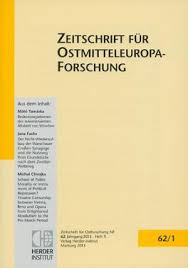
Review of: Die Hungarica Sammlung der Franckeschen Stiftungen zu Halle. Hrsg. von Brigitte Klosterberg und István Monok. Reviewed by Detlef Haberland; Porträts. Bearb. von György Rózsa und Attila Verók. (Hallesche Quellenpublikationen und Repertorien, Bd. 7.) Verl. der Franckeschen Stiftungen – Niemeyer Verlag. Halle – Tübingen 2003. XXX, 269 S., zahlr. Ill. ISBN 3-931479-33-1 – 3-484-84107-9. (€ 42,–.). Reviewed by Detlef Haberland; Historische Karten und Ansichten. Bearb. von László Pászti und Attila Verók. (Kataloge der Franckeschen Stiftungen, Bd. 22.) Verl. der Franckeschen Stiftungen. Halle 2009. 103 S., zahlr. Ill., Kt. ISBN 978-3-939922-14-8. (€ 16,–.). Reviewed by Detlef Haberland; Handschriften. 2 Teilbde. Bearb. von Zoltán Csepregi. (Adattár XVI-XVIII. századi szellemi mozgalmaink történetéhez / Materialien zur Geschichte der Geistesströmungen des 16.-18. Jahrhunderts in Ungarn, Bd. 39/1-2.) MTA Könyvtár és Információs Központ. Budapest 2015. XXIV, 1158 S. ISBN 978-963-7451-25-6. Reviewed by Detlef Haberland; Alte Drucke 1495-1800. 2 Bde. Bearb. von Attila Verók. (Adattár XVI-XVIII. századi szellemi mozgalmaink történetéhez / Materialien zur Geschichte der Geistesströmungen des 16.-18. Jahrhunderts in Ungarn, Bd. 40/1-2.) MTA Könyvtár és Információs Központ. Budapest 2017. XLII, 1235 S. ISBN 978-963-7451-33-1, 978-963-7451-34-8. Reviewed by Detlef Haberland.
More...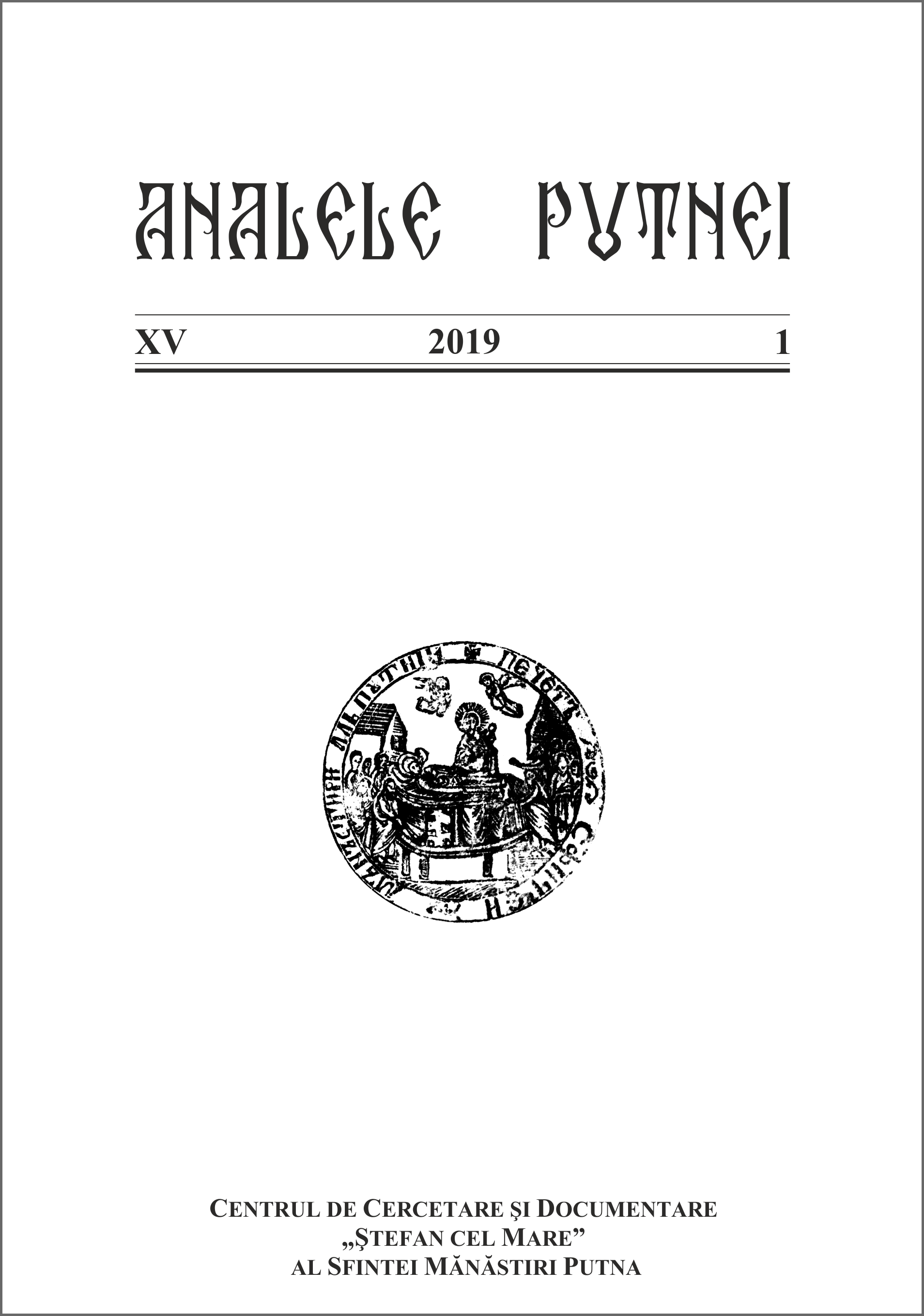
The present paper discusses an unpublished collection of documents compiled by the historian from Bukovina Teodor Balan in the sixth decade of the past century. The series is entitled “The documents of the monasteries from Bukovina” and comprises an introductory volume, called Study, which presents a short history of the 17 monasteries from Bukovina, and 12 volumes comprising documents issued between 1402 and 1875, totaling 1113 princely charters, registers, inventories, property documents etc. handwritten on 4000 pages. Balan’s intention was to offer researchers a thematic corpus, gathering together documents from various publications, some which are not easily accessible, with a lot of the documents being hitherto unpublished. Many documents are followed by summaries of other related documents, as well as by explanations, identifications of persons and of places etc. The manuscript is preserved in the collections of Suceava National Archives. The author argues that the publication of Balan’s manuscript is worthwhile and will provide researchers with a valuable instrument which will soon become indispensable.
More...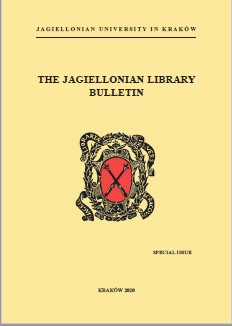
In 2017, the library and information system of the Jagiellonian University comprised the Jagiellonian Library, 7 faculty libraries, 1 inter-departmental library and 25 institute libraries, as well as the Jagiellonian University Medical Library with its institute libraries. The main goal of all institute libraries, as specialist units, is to collect resources appropriate for research and teaching in a given programme of study. In 2017, the institute libraries of the Jagiellonian University enriched their collections by 19,859 volumes of books and monographs, 4,923 volumes of periodicals and 657 items of special collections. At the same time, 4,311 volumes of books and monographs were removed from the book collections of 3 faculty libraries. Taken together, as of December 31st, 2017, all the institute libraries had a total of 2,118,111 volumes and items in their possession, including 1,693,608 volumes of books and monographs, 274,941 volumes of periodicals, and 149,562 items of special collections. The number of all current titles of periodicals was 1,597, of which 973 were Polish titles. In the reporting year, the number of computers in possession of the Jagiellonian Library increased slightly. All the libraries were equipped with 428 computers, 257 of which were available to library users. 416 computers had access to the Internet – 251 of which were available to readers. A total of 338 computers were used for library and bibliographic tasks.
More...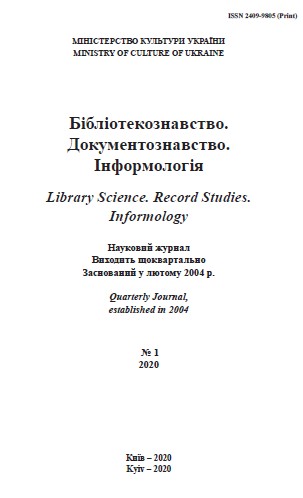
The purpose of the article. The research is devoted to the elucidation of the current state of document science in Ukraine, to identify the main problems of its development as a scientific and educational discipline, which contradicts the development of the specialty 029 «Information, library and archival affairs», overcoming the epistemological and organizational crisis of the science of document. The methodology of the study is to apply historical-genetic, comparative, formal-logical, modeling and generalization methods. These methods make it possible to fully disclose the content of the current crisis of document science, to identify cause and effect relationships, and to foresee possible ways to overcome it in accordance with the needs of society and the internal potential of the science itself. The scientific novelty of the research lies in the scientific understanding of the current state of document science in Ukraine. A comparative approach to the development of traditional document science and documentоlogia has opened up the possibilities of dialectical communication between them, and at the same time has fostered an understanding of the identity of each field. In addition to management, other types of specialized document science, such as electronic and audiovisual, were noted. The success of documentary education in Ukraine depends on the conscious activity of the subjects of the educational services market and the relevance of educational offerings to the needs of the profession of the documentary. Conclusions. Understanding the newest paradigm of science will facilitate the emergence of document science from the crisis, which will mark the next stage of its evolution.
More...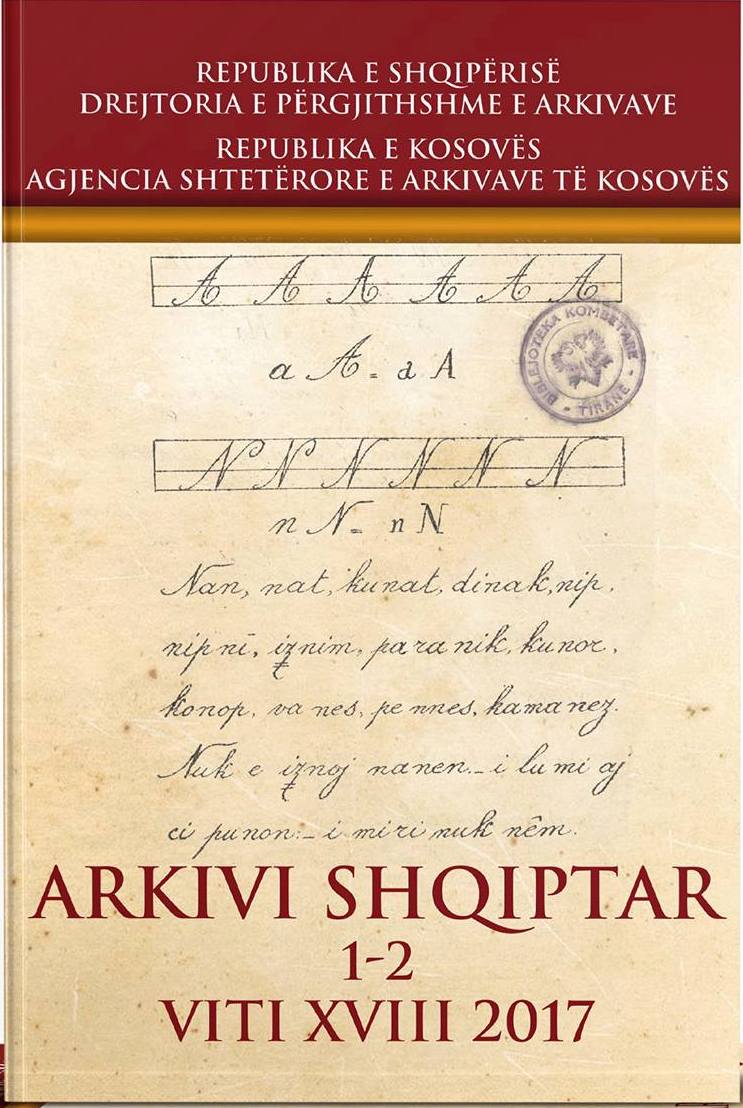
As a result of several factors, in recent years, archiving in Kosovo has not been developed at high institutional levels.Managerial neglect to the extent of abuse in the last years before the war, lack of investment for optimal material conditions (technical-technological and spatial) as well as for the profiling of staff, become negative factors that hinder progressive progress in the professional work of archives. Consequently, the current situation is characterized by multidimensional aspects, which challenge the establishment and development of this activity.In terms of content, these challenges are related to low quality and insufficient legislation, registrations, their work and the state of documentation - archive material they manage, the lack of bylaws and especially its (non) implementation, lack of optimal housing conditions. , i.e. storage of archival material, for its protection and storage in their intended spaces, with the lack of equipment for air conditioning, for protection from moisture, rodents, mold, etc., with the lack of qualified and profiled staff.Such a situation is by no means even better today in public archival institutions, starting from the local to the central level (Archives in municipalities and other local institutions, Inter-Municipal Archives and the State Agency of Archives of Kosovo). The reflection of this situation in the "gro-plan", some ideas and reference proposals for facing these challenges and overcoming them are the objective and effort that are intended to be achieved with my brief elaboration within this topic.
More...
The material I am presenting, consists of a serious scientific and historical handling of the work with documents in the Prefecture of Elbasan. The archival service in our country as the one in Elbasan Prefecture has been running throughout the stages of birth, formation and consolidation of the Albania state. The archival activity in this administrative local government unit has undergone several stages of development and growth. Starting from secretariats, correspondence offices (1912-1944) to archival offices at state institutions (1945-1990), as well as the establishment and functioning of the Local State Archives in the towns of Elbasan, Librazhd and Gramsh as centers of collections, preservation, arrangement and servicing of archive funds (1990-2017). In 2001, the Regional State Archive of the Elbasan Prefecture was established, as a coordination and management center of all archival work of the prefecture. The local state archive has actually accomplished one of the directions of its activity by obtaining and bringing all fund-creators documents (1945-1990)to the center, creating optimal conditions for their storage, scientific arrangement, and at the same time, to serve the archival funds within the framework of the motif “Free Society, Open Archives”. Currently the activity of the Elbasan Local State Archive is facing new challenges in line with the technological achievements in this field.
More...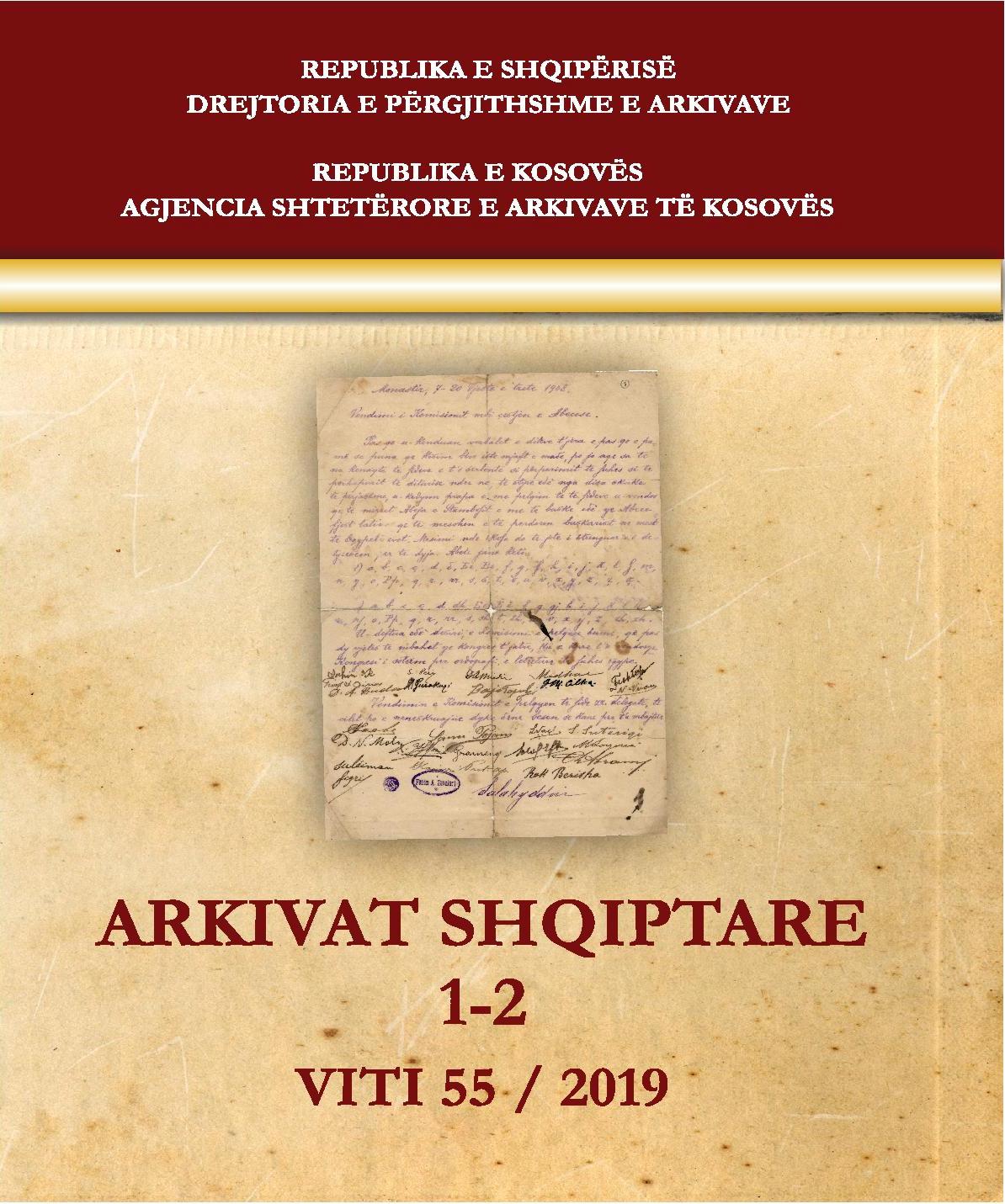
In this article we have chosen to talk about a great historical figure, which has left traces during its course, the figure of Ismail Qemal. In the History of Albania and the Albanian people there are many dates and historical figures that have left traces during its course. Precisely for this reason and today I will try to give a brief overview of what documentary sources are stored today in the funds of the GDA (AQSH), for the figure of Ismail Qemal.
More...
This modest paper addresses the methods and importance of document management in particular the classification of information in official documents. In the Republic of Kosovo, the classification and storage of information, including security verification, is regulated by legal acts, the law on information classification and security verification and other bylaws for information classification. This article will elaborate on the main points related to criteria and levels of classification and declassification of information, defined deadlines of classified information, competencies for classification, degradation and raising of the level of classification, dissemination of Classified Information and their physical security, access to classified information and security verification according to the law, etc.
More...
To serve in the archive, in addition to commitment, also means maximum responsibility. Especially working in a warehouse or storage of archival documents requires maximum commitment and special dedication. Furthermore, I will call it a challenge in its own right, given the difficulties and problems that constantly accompany us, such as various problems of a technical nature, then the lack of tools and optimal conditions for the preservation of archival material, etc. Despite this reality, the State Archive of Kosovo continues its activity and activity intensively and with complete success. Archival documents are our memory, because they provide opportunities to recognize the various developments of political, legal, cultural, economic, educational processes, etc., from the past. Therefore, institutional care and responsibility should always be at the maximum level. Also, service and care to stakeholders should be at the highest level of responsibility. The Kosovo Archive did extraordinary extra work in taking care of the archive material and the parties, due to the fact that the archival material continues to come to us in a raw state since the last war, and of course this requires double work.
More...
The terminological language in the archival representation process has not been studied enough in Albanian archival science. Archival representation is one of the basic processes in archival institutions. This process involves two important aspects, systematizing and documenting archival units, based on international and national archival standards.This paper deals with aspects related to the description of archival units and specifically the 128 elements of the indexing language. Indexing language is the artificial language that archivists create during the archive descriptive process creating, as a result, a controlled language. The controlled language that is produced enables access and re-functionalization of archival units. Much of the archival institutions in the country are investing in the creation of integrated systems that allow the use of archival collections in distance. This is a very good opportunity for users to put archive information systems in direct contact with users without the presence of an archivist. This new development in communicating with users brings to our attention, the particular care we need to show towards the language of the information system we plan to establish.The paper analyzes the cases found in some databases created by archival institutions and comes to concrete conclusions related to the need to standardize the index language not only for a normal access by users to archival collections, but also to enable co-operation between archives and exchange of archival information both nationally and regionally.
More...
Every state or local institution, large or small, functions by leaving traces through official / archival documents and its activity. This trace is determined by the documents it produces, by their secretary-archives. These documents, after being produced, in most cases serve the dynamics of the work of the institution that produces it, while at these secretaries-archives their storage, protection and technical processing is done until they are submitted to the relevant local state archive. Acceptance and submission of archival material to the local state archives is regulated by the Law on Archives in the Republic of Albania, dated 6.11.2003, which is in fact the basic law that regulates the entire activity of the Archival Network of the Republic of Albania. Archival documents created by local institutions upon the expiration of the term of operational service by the fund creator, are submitted to the local archive competent for permanent storage in accordance with the legislation in question. The archival fund is the memory of a state or people, which through what we create, preserve, protect and prove the historical memory, prove who we were, how we lived and acted. So, in a word, through archival documents we preserve and tell the past our historical.
More...
The Association of Albanian Writers and Artists "Pope Clement XI Albani", in Sweden (SHSHASHS), as an association founded on November 26, 2011 in Förslöv, Sweden, has started to collect, preserve, organize and partly publish ( because you still have unpublished) documents and manuscripts of historical value for the independence of the Republic of Kosovo and the Albanian national cause. The establishment of SHSHASHS has become the most central association, as a Historical Archive, with the fund of archival materials obtained from associations and distinguished activists in Sweden. The entire fund of the archive, collected by the leadership of SHSHASHS for eight years in a row is stored in the office of the Association of Albanian Writers and Artists "Pope Clement XI Albani", in Sweden, and digitized courses for the 9 published treasures have been delivered, in based on the signed cooperation agreement, the State Agency of Archives of Kosovo and the Albanological Institute - Prishtina. In the 10 issues of the book National Treasury of the Albanian Diaspora in Sweden, 3908 documents have been published, which are the best evidence of the efforts of Albanian emigrants in Sweden on the issue of Kosovo and the Albanian issue in general. Those documents consist of: List of aid for Kosovo, signed by certain commissions; Protocoled and stamped receipts; 3% Government Fund Reports; Central Commission Fund reports of 3%; Reports of Regional Commissions in Sweden; Declaration sheet; Minutes; Various decisions by the Founding Assemblies; List from the beginning of the first schools in Sweden; LDK with its sub-branches; Important articles from the Swedish media; Photos from the scene. The National Treasury Book of the Albanian Diaspora in 10 volumes, has over 6300 (six thousand of three hundred) pages. They were created by 124 groups, members of the Association of Albanian Writers and Artists "Pope Clement XI Albani" in Sweden. In this paper, I have focused on 10 volumes of the book National Treasury of the Albanian Diaspora, which contain a special archive, in itself. I have appreciated that the enlightenment of the facts that have been published in this book are of interest to scholars of various fields, who may continue to search for the good of history and enrichment of Albanian archives.
More...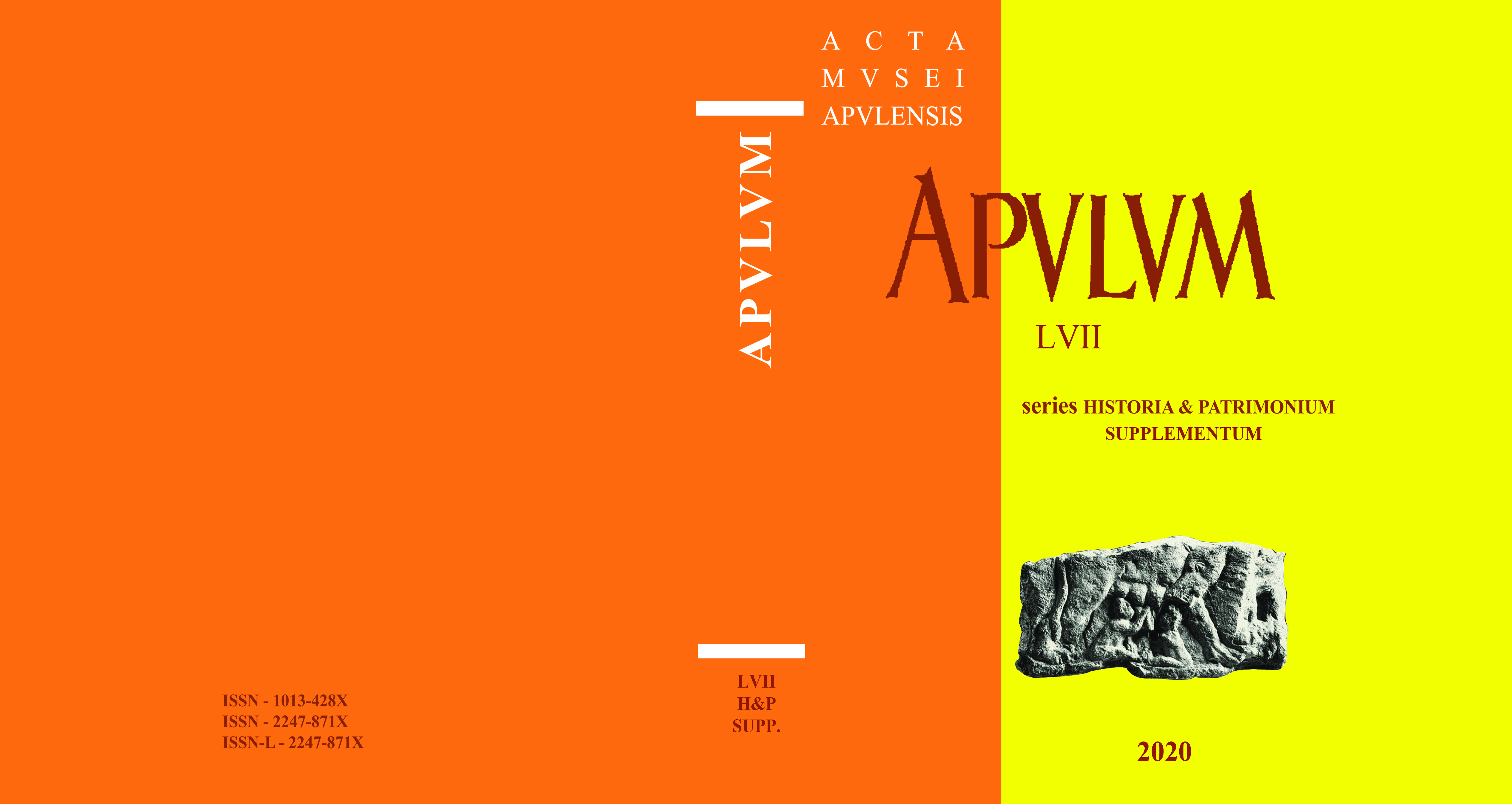
Countess Bethelen Zsuzsanna de Iktar’s Hungarian book collection is part of the library of Samuel Teleki de Szek, chancellor of Transylvania and founder of the Teleki Library of Târgu Mureș, a library that consists of 40,000 volumes. Since 1802, the countess’ books are kept on the imposing shelves at the entrance of the main hall of the Teleki Library. There are 747 volumes out of which 360 bear the countess’ signature on the flyleaf or the front endpaper. The majority of the unsigned volumes are also listed in the countess’ contemporary manuscript catalogues, but a small part of the collection was put on the shelves after her death. The importance of this collection from the point of view of old book research in Transylvania lies in the fact that it is the only library of an 18th-century noblewoman in the case of whom both the contemporary catalogues compiled by or managed by the collector and the books themselves have survived. Beyond the mere presentation of the printed bookplates and the possessor notes, this fact enables us to approach these sources from a broader perspective, using them in order to construct a hypothesis regarding how this library came to life. Thus, in this paper after a) the presentation of the bookplates, b) the countess’ different possessor notes and c) manuscript catalogues she or someone else compiled, we tried to approach a more extensive interpretation of the countess’ collection confronting these with the actual books on the shelves. By putting this little piece of puzzle on its place, the profile of a frail but conscientious book collector emerges.
More...